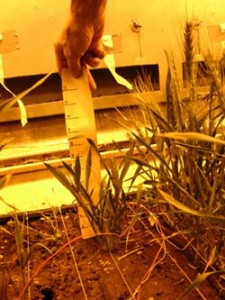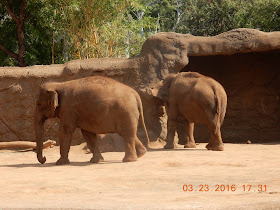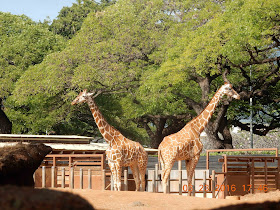The World Turtle
Once upon a time, the turtle who holds up the world got tired of looking at distant galaxies, and decided that it was time to see the world right above him. He got the four elephants who stand on his back to take over for a while, and went off to see the Earth. Before he got far, he saw Atlas, who holds up the celestial spheres. “Atlas, my man,” he called out, “I’m off on a walkabout. I’ll be back in a while. Don’t you go anywhere.” Atlas shrugged.
He went onto the Earth, and started walking around. Everywhere he went, he found that people had made things about turtles and out of turtles – statutes, shields of their carapaces, trays of their shells, soup. All over Asia, people chased after Turtle to give him food, and to rub his shell. “You bring us good luck,” they said.
In India they wrapped flowers around his neck to honor him. Turtle nibbled at them and decided that the marigolds were the tastiest. This was a good life and he wondered if he should stick around. But no, there was much more to see, so he continued on.
He walked across Europe, and heard Aesop’s tale of the Tortoise and the Hare. He stopped on the Greek island of Aegina where the people showed him pictures of the turtle on their flags and coins. He saw statues of Aphrodite with her foot on the back of a turtle (fellow did OK for himself, thought Turtle). Then he swam across the Atlantic and found himself at the foot of the Statue of Liberty. Looks a bit like Aphrodite, he thought, but more of an attitude.
He hauled out of the water at The Battery, and started up Broadway. It wasn’t long before a cab screeched to a halt beside him. A guy jumped out and said, “Dude! We are making a musical and you will be perfect for the title role. Come with me.” Turtle did, and spent the next three months as the star of “Tortoise Toes,” a musical that featured dozens of dancers singing the wildly popular hit, “Slow to love, but toe-tally yours.” Luckily, Turtle didn’t have to dance.
His adventures nearly ended one night on his way home from the theater when the cab driver suddenly twisted in his seat, and said, “You and me, bud, we’re going to make soup together.” It turned out that the cabbie was a contestant on a reality cooking show, and had to show up the next morning with an exotic meat of his choice to cook in front of the audience.
The cabbie drove him to his apartment and lugged him up the stairs to the third floor. He sat him on a ratty carpet and said, “Enjoy yourself Bud, because tomorrow you will be soup. But you’ll have an audience.” The cabbie went to sleep, and Turtle, who was noted throughout the world for his cleverness, looked around for hours for a way out. But he couldn’t find any, and resigned himself to becoming a constellation in the sky, like so many other creatures who had died untoward deaths but had claims on immortality.
When they got to the TV studio the next day, Turtle found himself in a room with the cabbie and half a dozen other wanna-be chefs who had among them an emu, a cobra, a forty-four-pound lobster, an alligator, a porcupine, and a giant cane toad. Turtle looked them over and began smiling. “Listen up,” he croaked to the others, who’d all been shoved together in a pen while the contestants readied their pots and stoves. “Here’s how we can escape.”
“Great idea! They chorused.” So Turtle and the emu, the cobra, the lobster, the alligator, the porcupine, and the giant cane toad waited quietly in the cage until the chefs sidled up to its gate looking nervous. Turtle said, “Now!” and the animals charged at the chefs. The emu pecked and kicked, the alligator lashed its tail and snapped its jaws, the cane toad puffed up and began dripping toxins, the cobra struck at the chefs with its fangs, the porcupine shot its quills, and the lobster snapped its claws as it scuttled into the fray. The chefs turned tail and ran screaming out the door, their proposed dinner companions charging after.
When the animals got to the street, a crowd had gathered. As soon as they saw Turtle, they began to shout, “Turtle!” “Tortoise Toes!” and to sing the chorus from “Slow to love” – “Toe-tally yours, I am toe-tally, toe-tally, turtle-ly yours.” Surrounded by admiring hoards of fans, and accompanied by his new friends, Turtle made his way back to the theater, and performed his last show. As he took his tenth curtain call, he waved the audience to silence, and announced, “It is time for me to go back to holding up the world. You’ve been great, and I’ve learned that it’s a world worth supporting. Take care of my friends here, and good luck to you all.” With that, he was gone.
* * * * *
“What did you find?” asked the elephants, as Turtle slid into his spot beneath their feet. “The Earth is a place where some would as soon make soup of you as feed you soup. But if you find a good producer, the world is your oyster. As it were.” And Turtle settled back into gazing out at the distant galaxies, wondering what was there.








































































